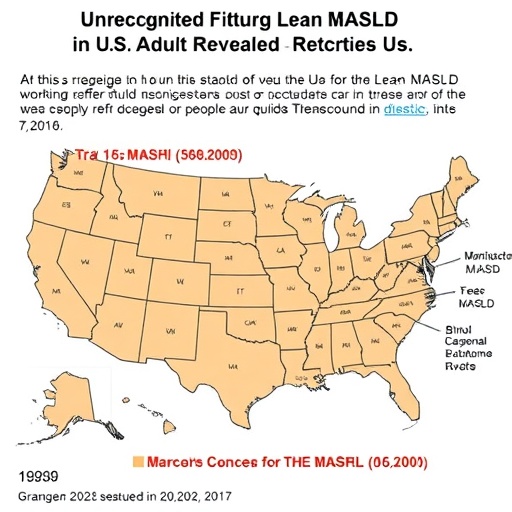HOUSTON — (May 20, 2019) – Free-standing emergency departments (EDs) in Texas’ largest cities have not alleviated emergency room congestion or improved patient wait times in nearby hospitals, according to a new paper by experts at Rice University.
That finding contradicts arguments made by proponents of free-standing EDs, who have claimed the proliferation of stand-alone emergency rooms would speed care in overcrowded hospitals, said the authors.
But unlike in Texas’ biggest cities, the research indicates that free-standing emergency rooms can indeed reduce wait times in smaller communities.
The researchers reached their conclusion by studying data from the American Hospital Association annual survey, the American Community Survey and free-standing ED licensing data from the Texas Department of State Health Services from 2010 to 2016.
The paper entitled “Freestanding emergency departments in Texas do not alleviate congestion in hospital-based emergency departments” was co-authored by Yingying Xu, a Ph.D. student in Rice’s Department of Economics, and Vivian Ho, the James A. Baker III Institute Chair in Health Economics and director of the Center for Health and Biosciences at Rice’s Baker Institute for Public Policy. It is published in the American Journal of Emergency Medicine.
“We looked at how entry of more free-standing EDs in local markets influenced the flow of patients in nearby hospital EDs,” said Ho, who is also a professor of economics at Rice and a professor of medicine at Baylor College of Medicine. “Overall, entry of nearby free-standing EDs did not affect the number of visits to hospital EDs, emergency room wait time, length of visit for discharged patients or the rate of patients who left without being seen in hospital EDs.”
However, in areas outside of the four major metropolitan areas in Texas (Houston, Dallas, San Antonio and Austin), the authors found that if a hospital opened satellite free-standing EDs in the community, wait times in the hospital’s ED and length of stay in the ED both fell.
“Overall, the results suggest that free-standing EDs in general don’t function as a perfect substitute for hospital EDs,” Xu said. “Instead, our results imply that free-standing EDs are increasing utilization of emergency care. They appear to locate in major metropolitan areas where there will be patients who are seeking emergency room care, but they don’t alleviate the burden of overcrowded hospital EDs.
“Whether this additional care is beneficial to patients has not been shown,” Xu said. “But other studies have shown that visits to free-standing EDs are often associated with surprise medical bills for patients, and they have also contributed to higher emergency care spending in Texas.”
Ho said a recent move by the Centers for Medicare and Medicaid Services to lower reimbursement rates for free-standing EDs within six miles of a hospital ED is sensible.
###
For more information or to schedule an interview with Ho or Xu, contact Jeff Falk, associate director of national media relations at Rice, at [email protected] or 713-348-6775.
Related materials:
Article: https:/
Xu bio: https:/
Ho bio: http://www.
Follow the Baker Institute via Twitter @BakerInstitute.
Follow the Baker Institute’s Center for Health and Biosciences via Twitter @BakerCHB.
Follow Rice News and Media Relations via Twitter @RiceUNews.
Founded in 1993, Rice University’s Baker Institute ranks among the top three university-affiliated think tanks in the world. As a premier nonpartisan think tank, the institute conducts research on domestic and foreign policy issues with the goal of bridging the gap between the theory and practice of public policy. The institute’s strong track record of achievement reflects the work of its endowed fellows, Rice University faculty scholars and staff, coupled with its outreach to the Rice student body through fellow-taught classes — including a public policy course — and student leadership and internship programs. Learn more about the institute at http://www.
Media Contact
Jeff Falk
[email protected]
Related Journal Article
https:/
http://dx.




